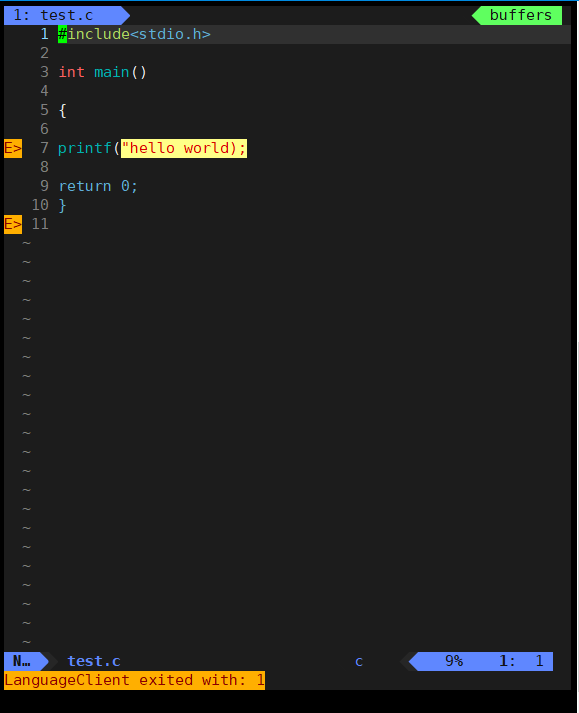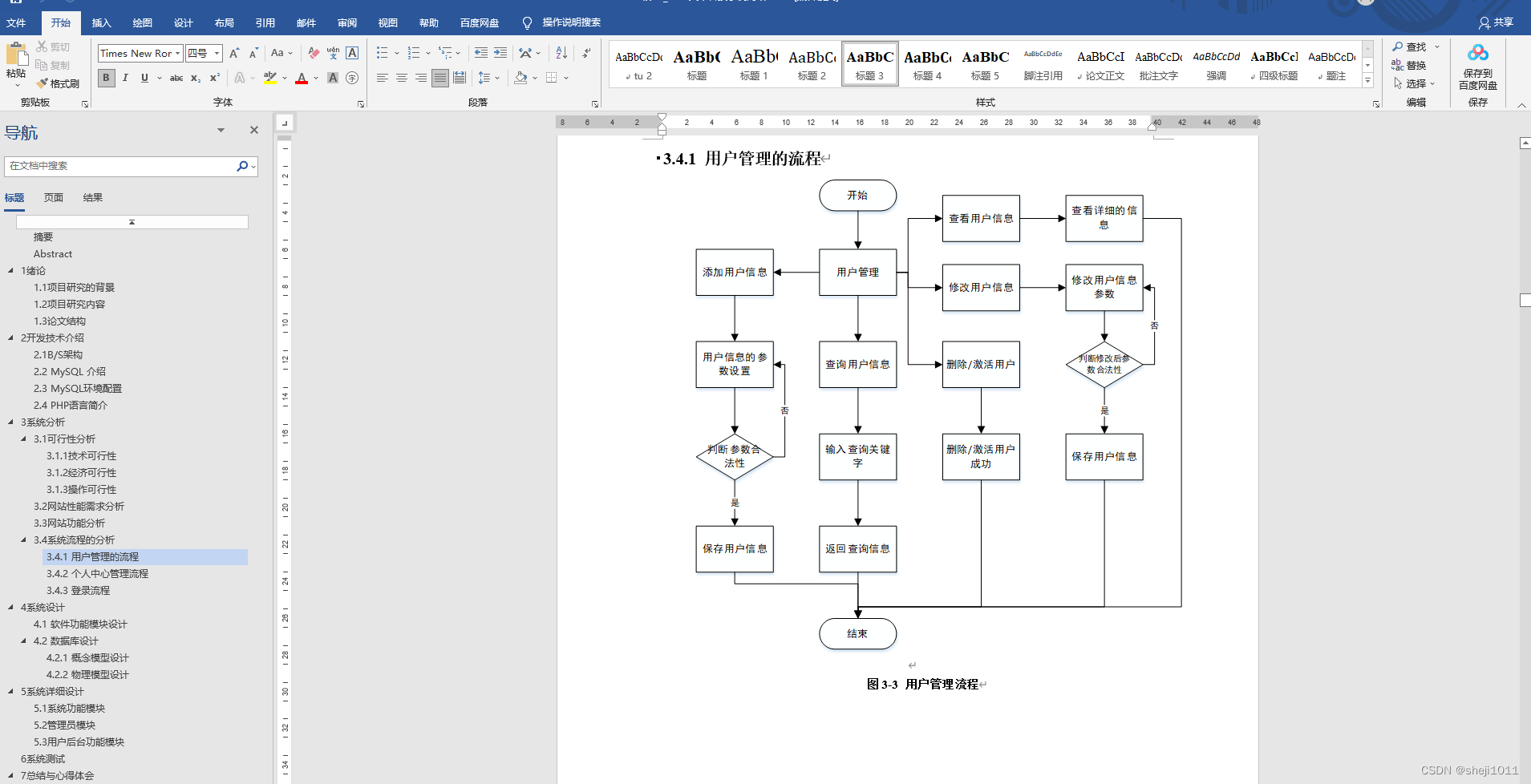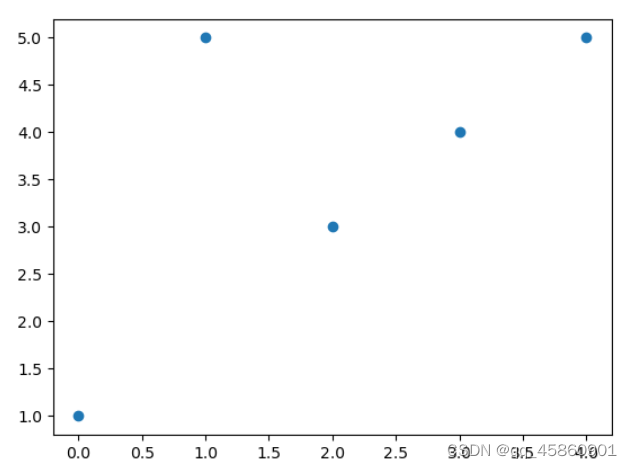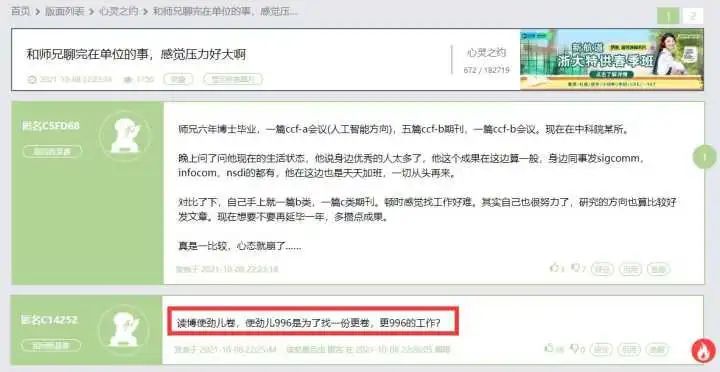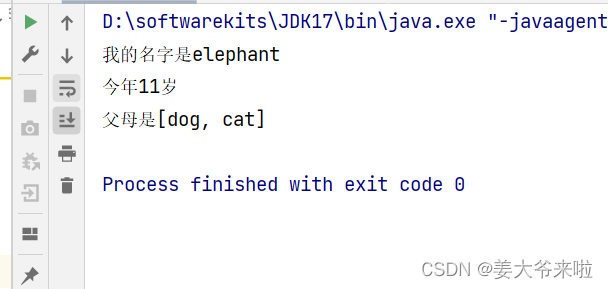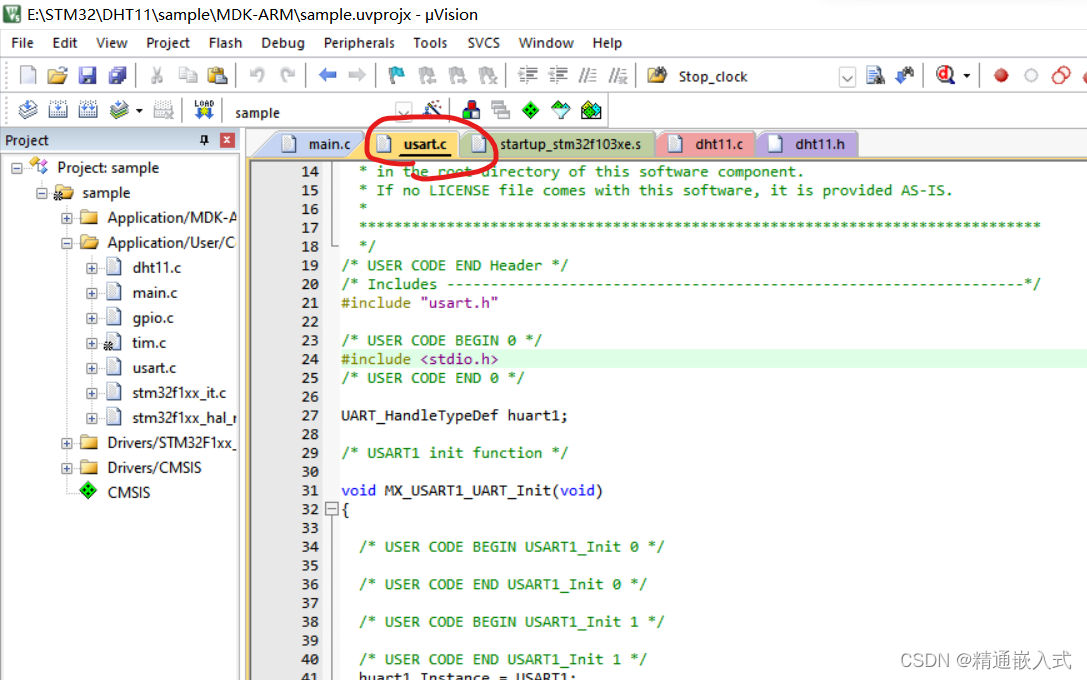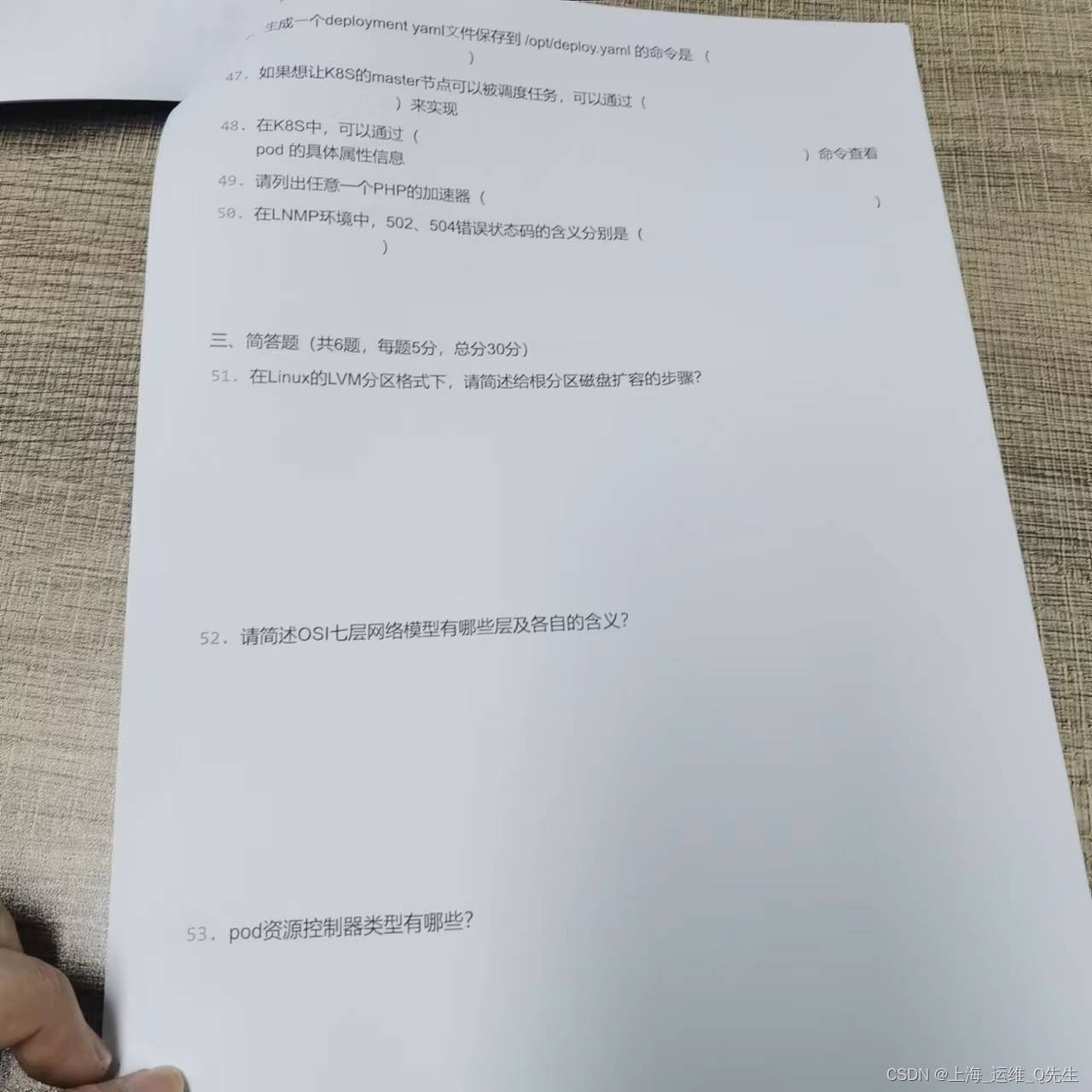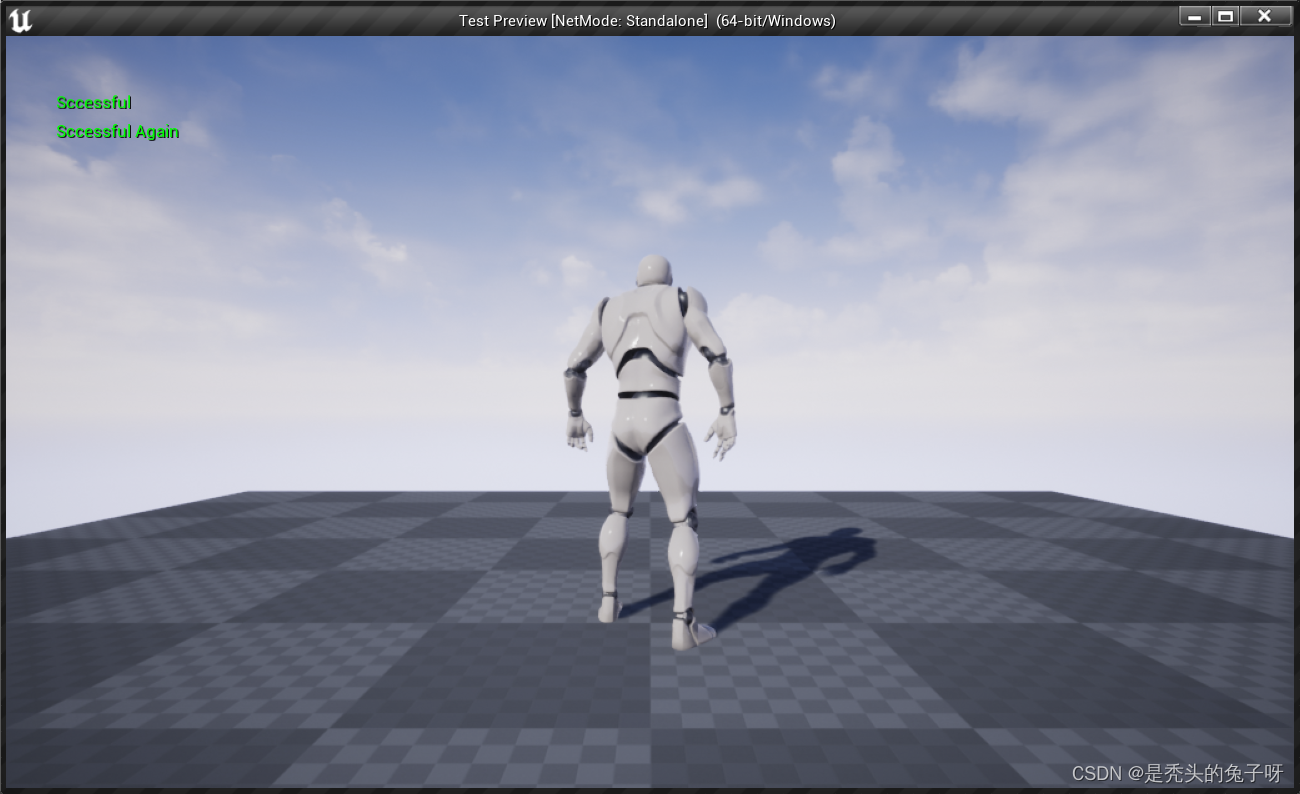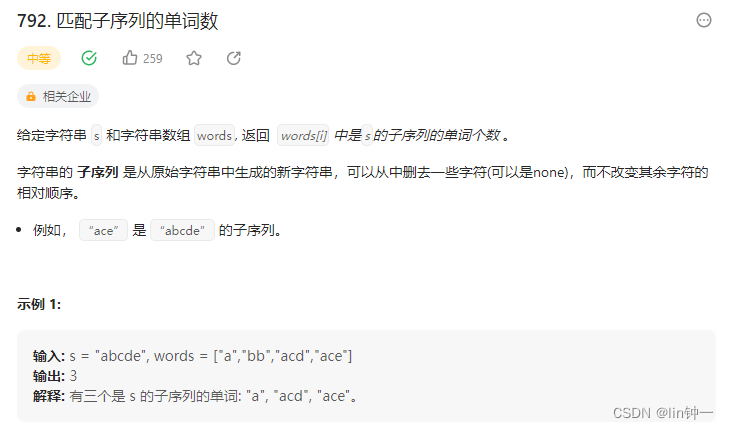
题目链接:https://leetcode.cn/problems/number-of-matching-subsequences/description/
思路
方法一、分桶
题目意思:给你一个字符串 s 和字符串数组 words, 可以对字符串 s 某些位置上的字符进行删除,并不改变原来的字符顺序产生的子序列,去对比字符串数组 words 存在多少相同的数量。
我原本的思路是通过去重+暴力,发现卡在41的样例超时了,发现了一个问题,有很多字符串不需要去判断,大大浪费了时间,那我们去找那些我们需要的不就行了,通过对字符串数组 words 中每个字符串的首字母,放入桶内:
a:["a","acd","ace"]
b:["bb"]
遍历字符串的字符,去消除对应桶内的字符串,去生成新的桶,例如字符串 s = “abcde”,我们读取到第一个字符 a 时,可以去直接处理桶a,得到的结果:
a:[]
b:["bb"]
c:["cd","ce"]
通过上述操作,我们不断获得新的桶,直到字符串 s 遍历完,真正的子序列也会被筛选啊出来。
有个问题,我们怎么统计答案呢?很简单我们只需要去判断当前桶内的字符串长度已经等于 1 的时候,我们这个字符串就是字符串 s 的子序列。
代码示例
func numMatchingSubseq(s string, words []string) (ans int) {
ton := [26][]string{}
for _, w := range words {
ton[w[0] - 'a'] = append(ton[w[0] - 'a'], w)
}
for _, c := range s {
q := ton[c - 'a']
ton[c - 'a'] = nil
for _, t := range q {
if len(t) == 1 {
ans++
}else {
ton[t[1] - 'a'] = append(ton[t[1] - 'a'], t[1:])
}
}
}
return
}
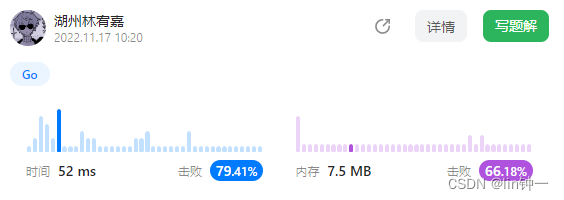
复杂度分析
- 时间复杂度:O(n+ sum∣w i∣),其中 n 和 m 分别为 s 和 words 的长度,而 ∣wi 为 words[i] 的长度,遍历一次字符串s需要O(n)的时间,sum∣w i∣ 是 ∑ i = 0 m ∣ w i \sum_{i=0}^m∣w i i=0∑m∣wi,分桶需要O(sum∣w i∣)的时间。
- 空间复杂度:O(m),其中 m 是 words 的长度

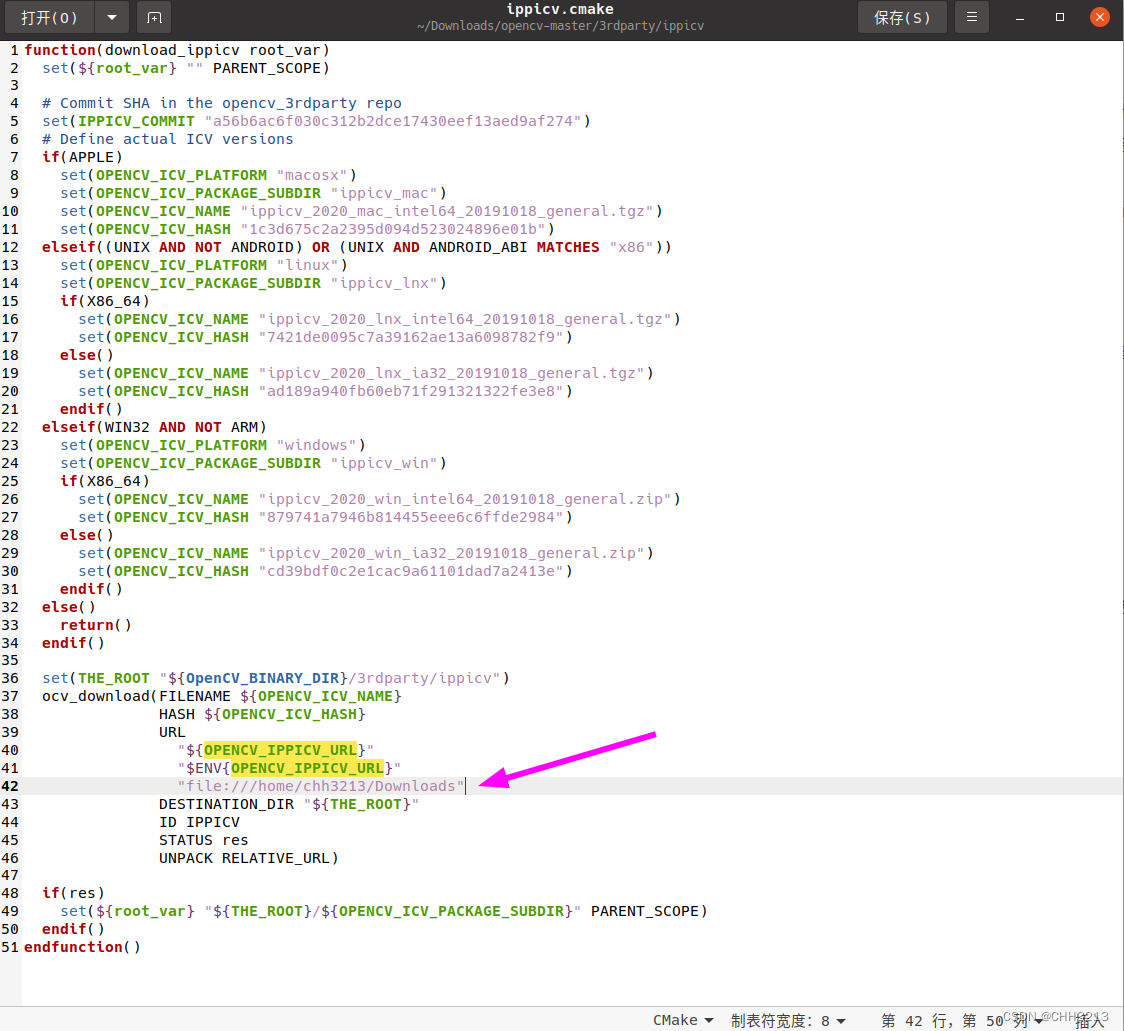
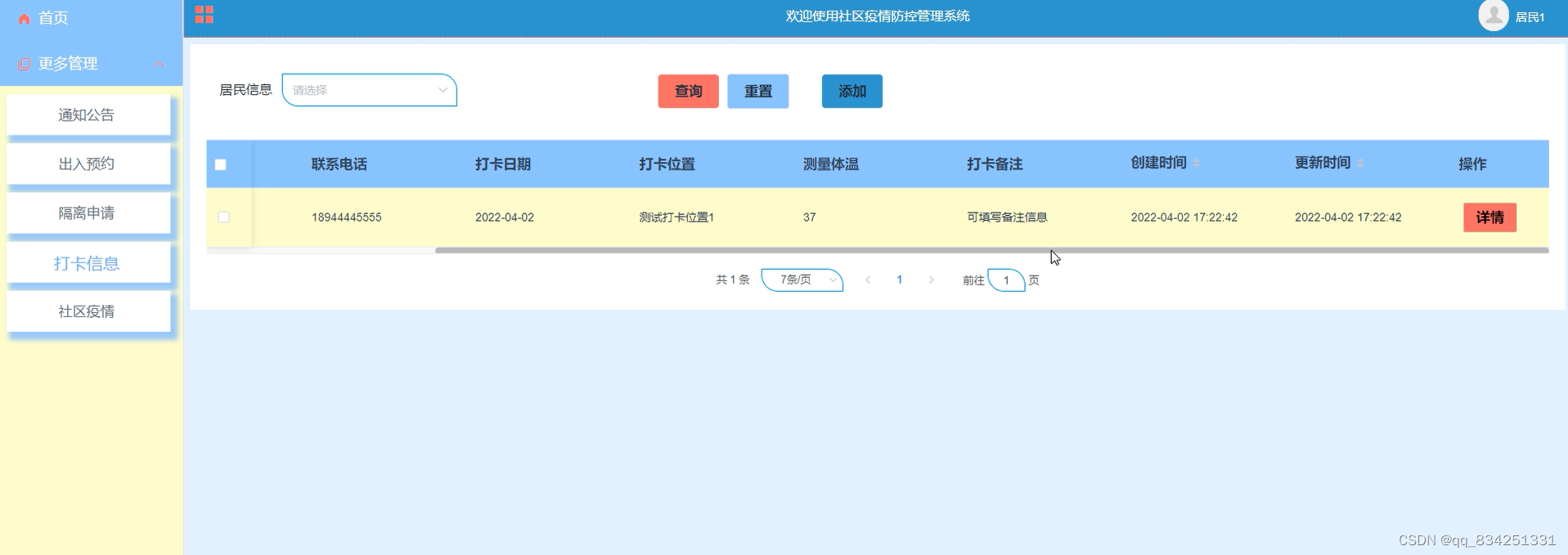
![[附源码]java毕业设计昆明市人民医院血库管理系统](https://img-blog.csdnimg.cn/0d38532eb5ed44148a0bf923ce120aab.png)
